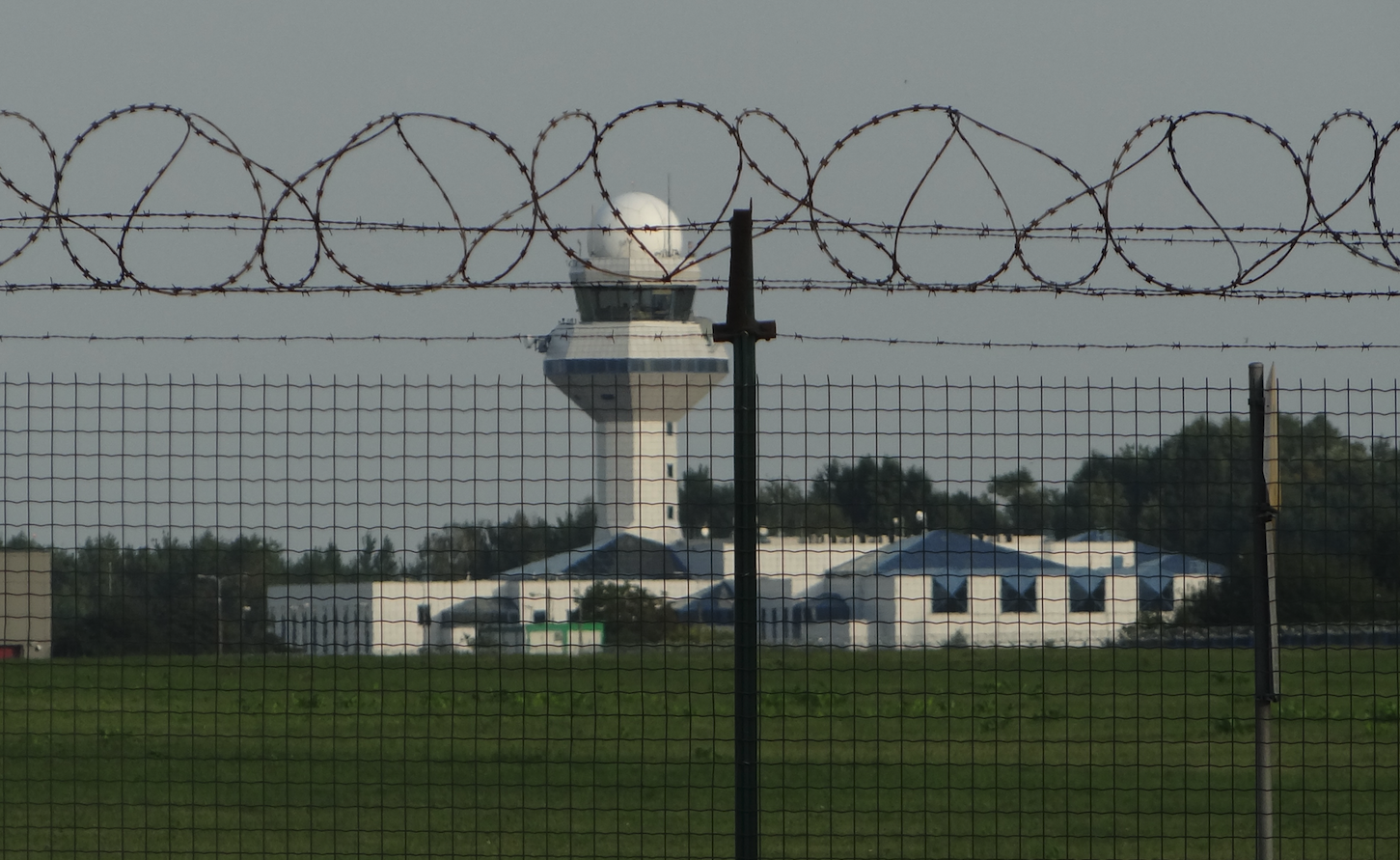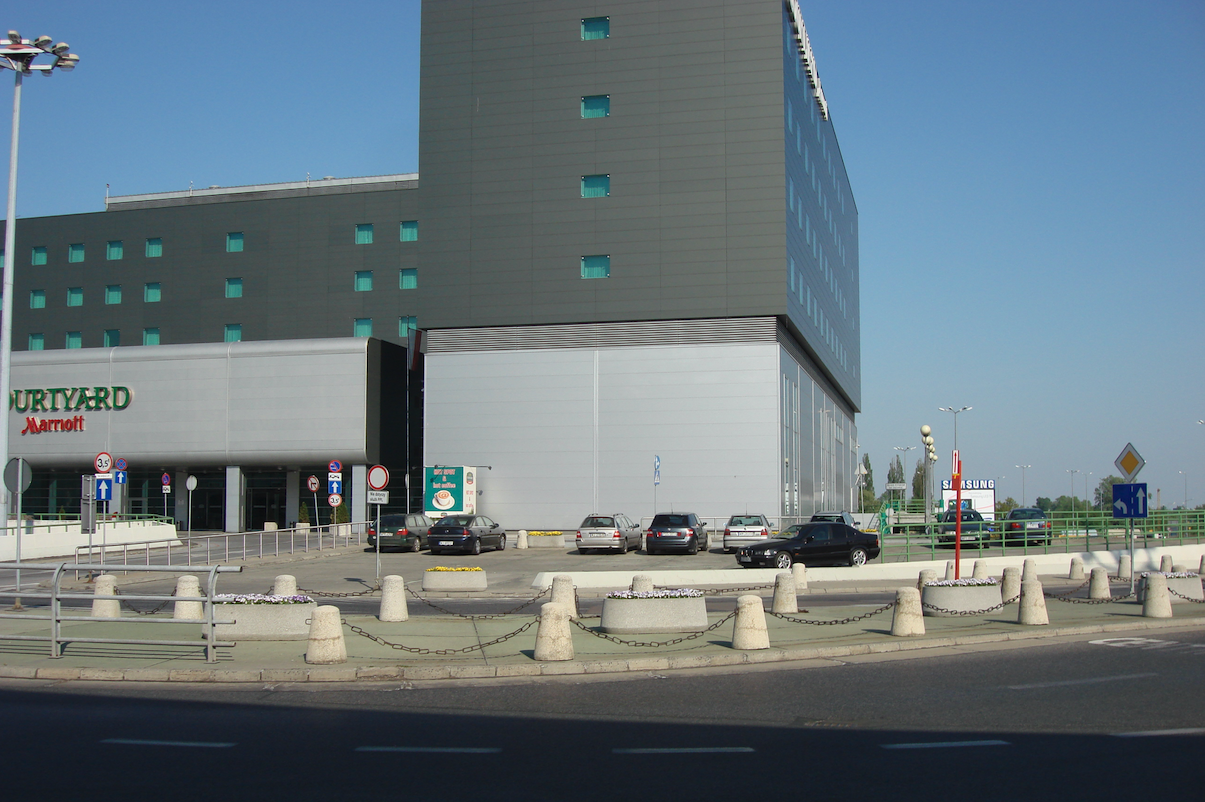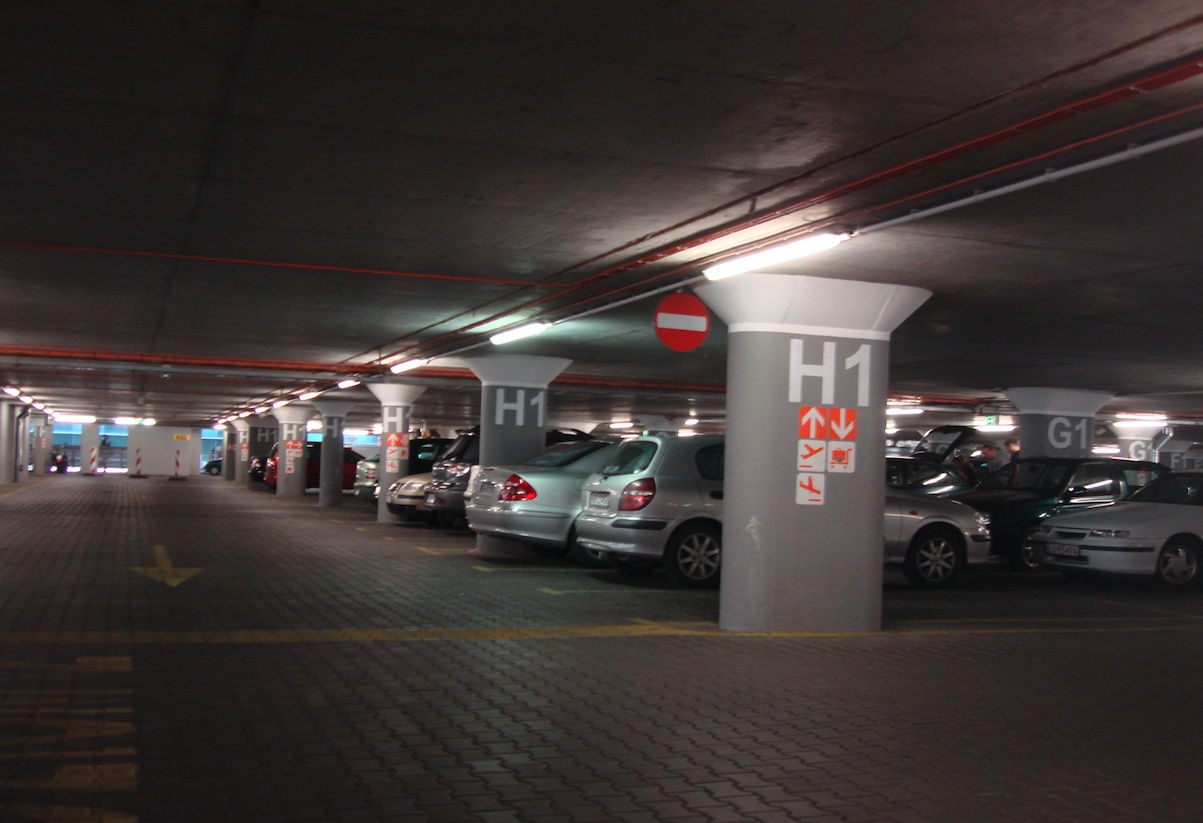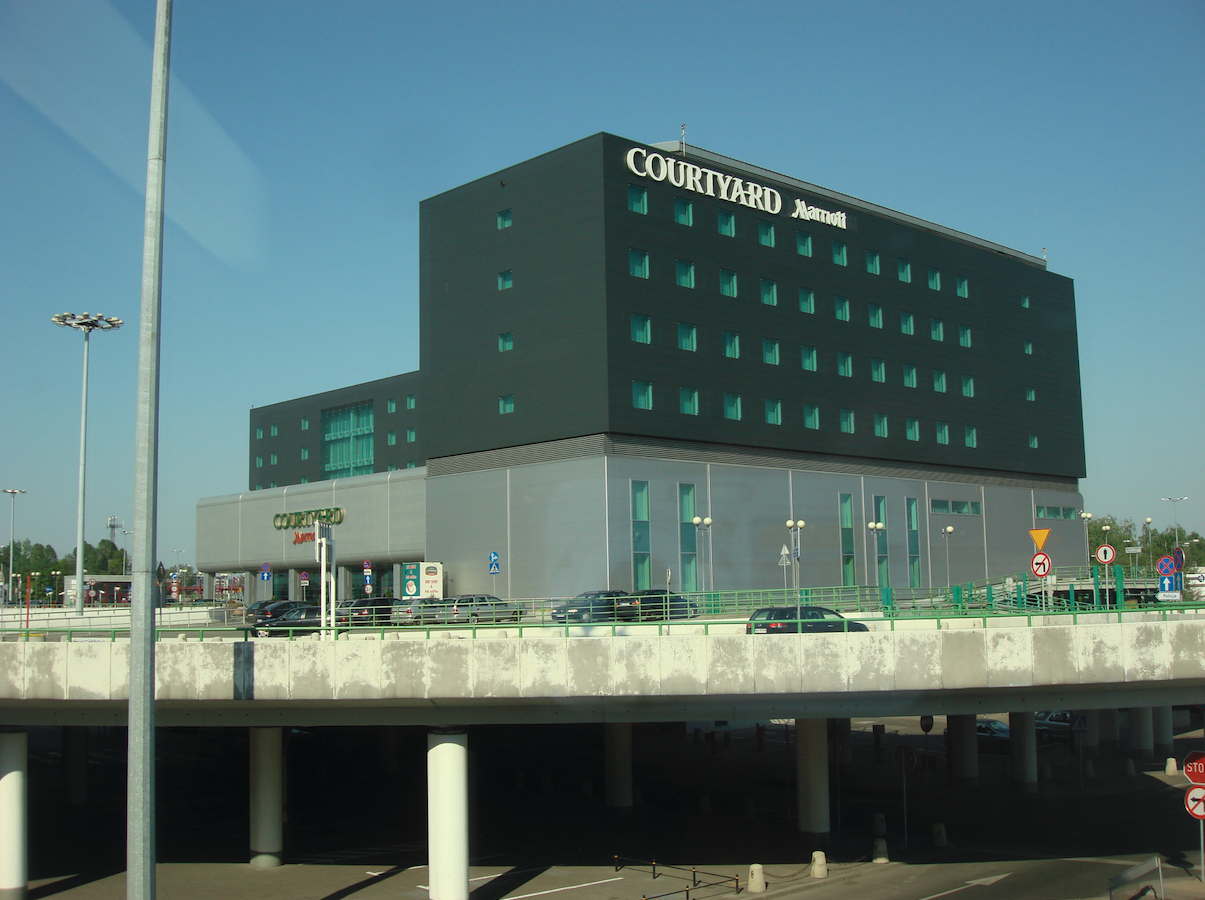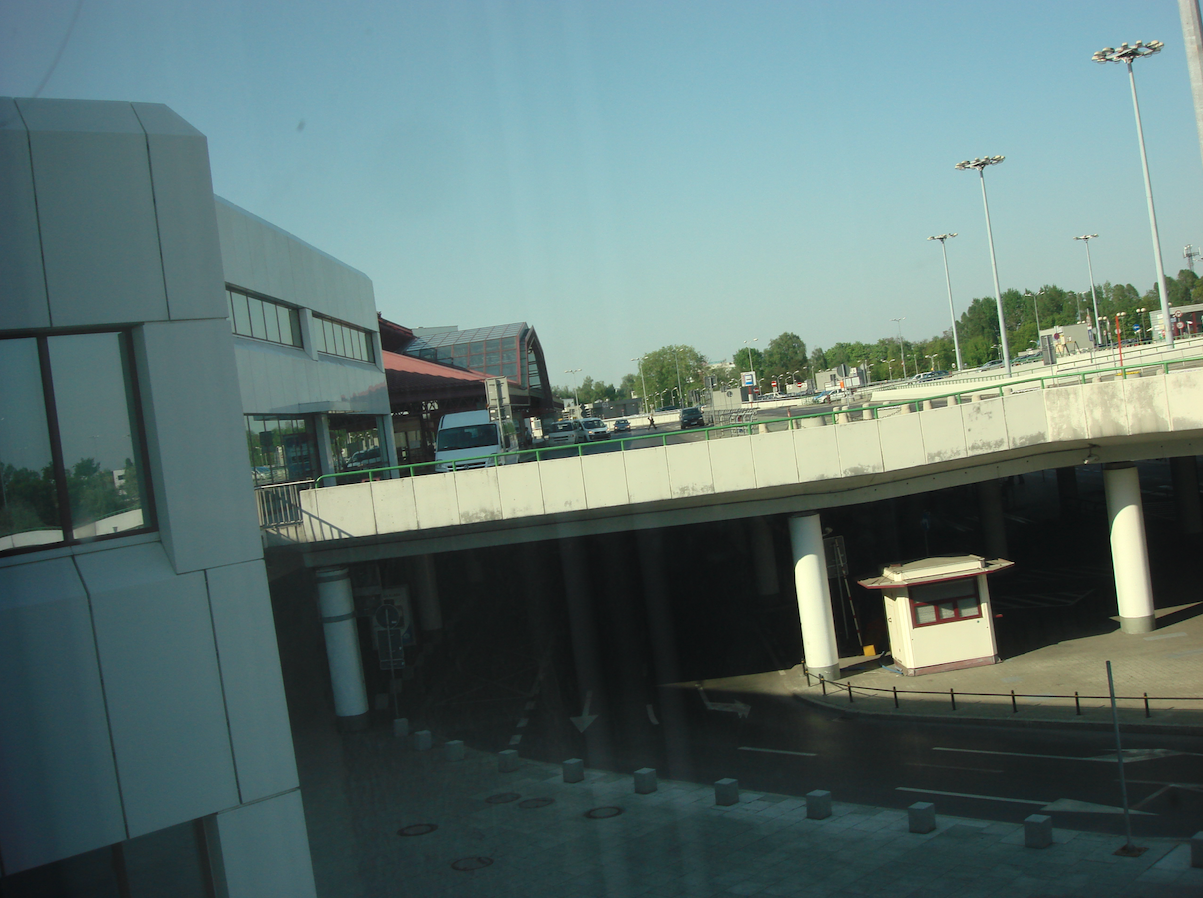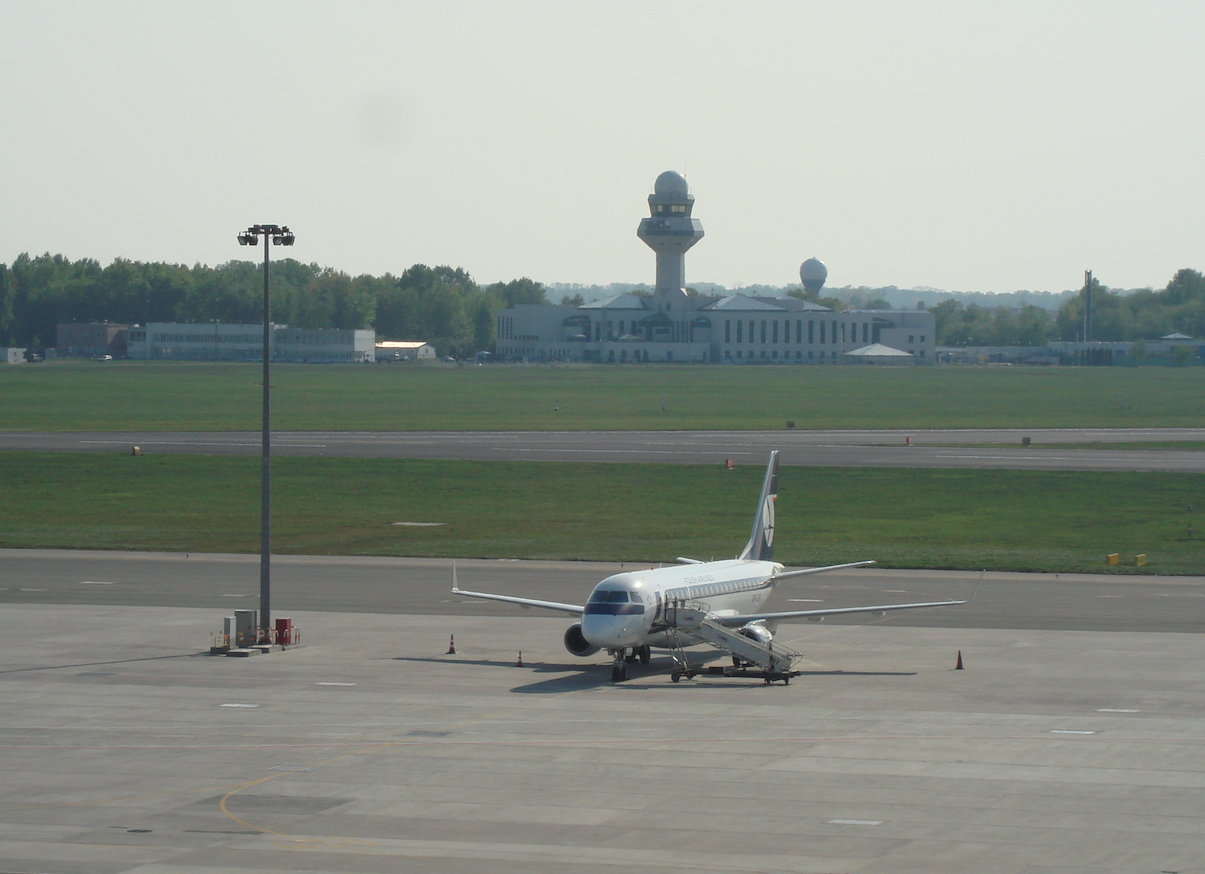Warszawa 2019-02-25
Lotnisko Okęcie
Rozwój Lotniska Okęcie.
W 2012 roku, lotnisko Modlin zostało uruchomione do celów komercyjnych i w pierwszych latach funkcjonowania zanotował sporą dynamikę wzrostu przewozów pasażerskich. W 2018 roku obsłużono tutaj ponad 3 miliony pasażerów. Wydawało się, że lotnisko Modlin zabierze pasażerów lotnisku Okęcie. Tak się jednak nie stało i lotnisko Okęcie także notowało wzrost liczby obsłużonych pasażerów. W 2017 roku z lotniska Okęcie skorzystało 15 730 330 pasażerów. Dziesięć lat wcześniej (2007 rok) było 9 270 000 pasażerów. W 2017 roku na lotnisku Okęcie przeładowano 84 389 400 kg towarów i wykonano 157 044 operacji lotniczych.
W 2010 roku, Terminal 1 i oddany do użytku w 2007 roku Terminal 2, po połączeniu w jeden kompleks otrzymał oznaczenie Terminal A. Jednocześnie Terminal dla VIP przemianowano na Terminal General Aviation.
W 2011 roku, dodano do użytku pierwszą część pirsu.
W 2012 roku oddano do użytku stację kolejową Warszawa Lotnisko Chopina. Kolej umiżliwiła sprawniejszy dojazd na lotnisko.
W kolejnych latach remontowano i powiększano płytę peronową, zwiększając liczbę miejsc postojowych samolotów. Poprowadzono dwie nowe drogi kołowania. Zbudowano dwa kolejne stanowiska do odladzania samolotów.
W 2014 roku, na lotnisku Okęcie uruchomiono bezpłatny, nielimitowany, bezprzewodowy Internet.
W 2015 roku oddano do użytku zadaszony i oszklony taras widokowy. Również w 2015 roku oddano do użytku podróżnym drugą kaplicę rzymsko-katolicką oraz pokój modlitw dla podróżnych innych wyznań. Także w 2015 roku na dachu terminalu zamontowano ogniwa fotowoltaiczne, dla uzupełnienia bilansu zużycia energii elektrycznej. Jest to taka niewielka elektrownia słoneczna.
W ostatnich latach nastąpiła także zmiana firm obsługujących samoloty i pasażerów. Do firm handlingowych działających na lotnisku Okęcie należą: LS Airport Services, Welcome Airport Services, BGS Baltic Ground Services, Impel Airport Services Ltd., Excel handling Ltd. Posiłki na pokłady samolotów dostarcza firma Do & Co. Paliwo dostarczają firmy: ORLEN Aviation, LOTOS, Baltic Ground Services.
Dojazd na lotnisko nadal zapewnia komunikacja miejska: linia nr 175, 188 i niedawno uruchomiona linia 148 – Metro Imielin, Gocław do ronda Wiatraczna. (czas przejazdu 62-70 minut).
Poprawa bezpieczeństwa lotów.
W dniu 30 marca 2018 roku, Lotnisko Chopina otrzymało od Prezesa Urzędu Lotnictwa Cywilnego certyfikat uprawniający do wykonywania operacji lądowania w warunkach ograniczonej widzialności, dla kategorii III A, na Drodze Startowej 3, na kierunku 33.
Certyfikat dla ILS III A oznacza, że samoloty mogą lądować przy znacznie słabszych warunkach pogodowych, a to z kolei przełoży się na mniejszą liczbę przekierowań na inne lotniska, jak również wpłynie na redukcję potencjalnych opóźnień. Stołeczny port lotniczy jest pierwszym w Polsce, które posiada III kategorię ILS.
Nowy system został zainstalowany na kierunku lądowań „33” (lądowania od strony Piaseczna), gdzie zgodnie z statystykami wykonywanych jest najwięcej operacji lądowań. Dotychczas lądowanie było możliwe przy warunkach, w których widzialność pionowa (czyli wysokość na jakiej pilot musi zobaczyć drogę startową) była nie mniejsza niż 30 metrów oraz 300 metrów widzialności wzdłuż drogi startowej (RVR). Najnowsze rozwiązania umożliwiają lądowanie nawet przy widzialności pionowej poniżej 30 m i poziomej 175 m. W ramach dostosowania systemów i procedur do nowej kategorii, zmieniły się również warunki do wykonywania startów w warunkach ograniczonej widzialności z wartości RVR nie mniejszej niż 150 m. na wartość nie mniejszą niż 125 m.
Równoczesnie zmodyfikowano oświetlenie nawigacyjne i ochronne na drogach startowych i drogach kołowania oraz nowe światła podejścia. Zmodernizowano system sterowania oświetleniem nawigacyjnym.
Przyszłość lotniska Okęcie. 2019 rok.
Brak możliwości rozwojowych lotniska Okęcie jest oczywista. Teren lotniska otacza coraz ciaśniej sieć drogowa i kolejne osiedla mieszkaniowe. W 2016 roku, był to powód do odnowy pomysłu budowy Centralnego Portu Lotniczego dla Rzeczypospolitej Polski.
W listopadzie 2017 roku, Rząd Zjednoczonej Prawicy, pod kierunkiem Premiera Beaty Szydło, podjął decyzję o rozpoczęciu programu Centralnego Portu Komunikacyjnego. W styczniu 2018 roku, Sejm Rzeczpospolitej, wydał specjalną ustawę. Uruchomienie Centralnego Portu Komunikacyjnego jest planowane na 2027 rok. Z tego też powodu, w styczniu 2019 roku, zdecydowano o częściowej modernizacji lotniska Okęcie, w celu zwiększenia jego przepustowości do 25-30 milionów pasażerów. Chociaż analizy prowadzone w 2010 roku wykazywały, że wąskim gardłem lotniska są dwie, i to krzyżujące się drogi startowe. A więc, liczba możliwych operacji lotniczych.
Z tego właśnie powodu, na polu wzlotów zostaną zbudowane kolejne szybkie zjazdy i dodatkowe drogi kołowania. Najpierw prace będą prowadzone przy krótszej drodze startowej RWY 11/29, a w następnym roku przy RWY 15/33.
Lotnisko Okęcie już teraz przygotowuje się do rozbudowy tak zwanego pirsu północnego, a w kolejnych latach budowy pirsu południowego, które do 2022 roku, mają wydłużyć terminal Lotniska Chopina.
Podczas realizacji tych prac, znacznie wydłużą się kolejki w strefie bezpieczeństwa i kontroli biletowo-bagażowej. Dużo częściej, pasażerów do samolotów będą dowozić autobusy peronowe. Dlatego dyrekcja lotniska Okęcie apelowała do pasażerów, aby wyruszyli na lotnisko 30 minut wcześniej, niż to czynili zwykle.
Rozbudowa Lotniska Okęcie jest ściśle powiązana z budową CPK (Centralnego Portu Komunikacyjnego) oraz dwoma nieodległymi portami Modlin i Radom. Zwłaszcza port lotniczy Radom jest istotny, bo jego właścicielem, tak jak lotniska Okęcie, jest PP Porty Lotnicze. W Radomiu droga startowa (RWY) zostanie wydłużona do 2 500 m, a terminal jest w stanie obsłużyć 3 miliony pasażerów. Przy kolejnej rozbudowie terminalu w Radomiu, będzie można tutaj obsłużyć nawet 10 milionów pasażerów. Dlatego należy się liczyć, że niektóre loty z Warszawy zaczną się od przewiezienia pasażerów do Radomia.
Trzeba także pamiętać, że w pobliżu jest port Łódź-Lublinek, także o dużym potencjale.
Dane lotniska Okęcie. 2019 rok.
Operacje lotnicze wykonywane są z dwóch asfaltobetonowych dróg startowych:
na kierunku 15/33, 3 690 × 60 m, o nośności PCN 88 F/C/X/T,
na kierunku 11/29, 2 800 × 50 m, o nośności PCN 77 R/A/W/T.
Samoloty kołują się po 21 drogach kołowania. Na lotnisku może być wykonanych 42 operacji lotniczych.
Pomoce nawigacyjne;
RWY 11: światła Calvert kat. II (960 m), PAPI, ILS/DME kat. II ,
RWY 29: światła SALS (420 m), PAPI ,
RWY 15: światła SALS (420 m), PAPI ,
RWY 33: światła ALPA-ATA kat. II, PAPI, ILS/DME kat. IIIa .
Dla wszystkich podejść dostępna jest również radiolatarnia VOR/DME OKC 113,45 MHz.
W stosunku do 2009 roku, nieznacznie zmieniły się częstotliwości radiowe i przybyły nowe: Częstotliwości radiowe Wieża (OKECIE TOWER) 118,305 MHz. Obsługa naziemna (OKECIE GROUND) 121,905 MHz. ATIS 120,455 MHz. Zbliżanie (WARSAW APPROACH) 128,805 i 125, 055 MHz. Wydawanie zgody (OKECIE CLEARANCE DELIVERY) 121,605 MHz.
Opracował Karol Placha Hetman

